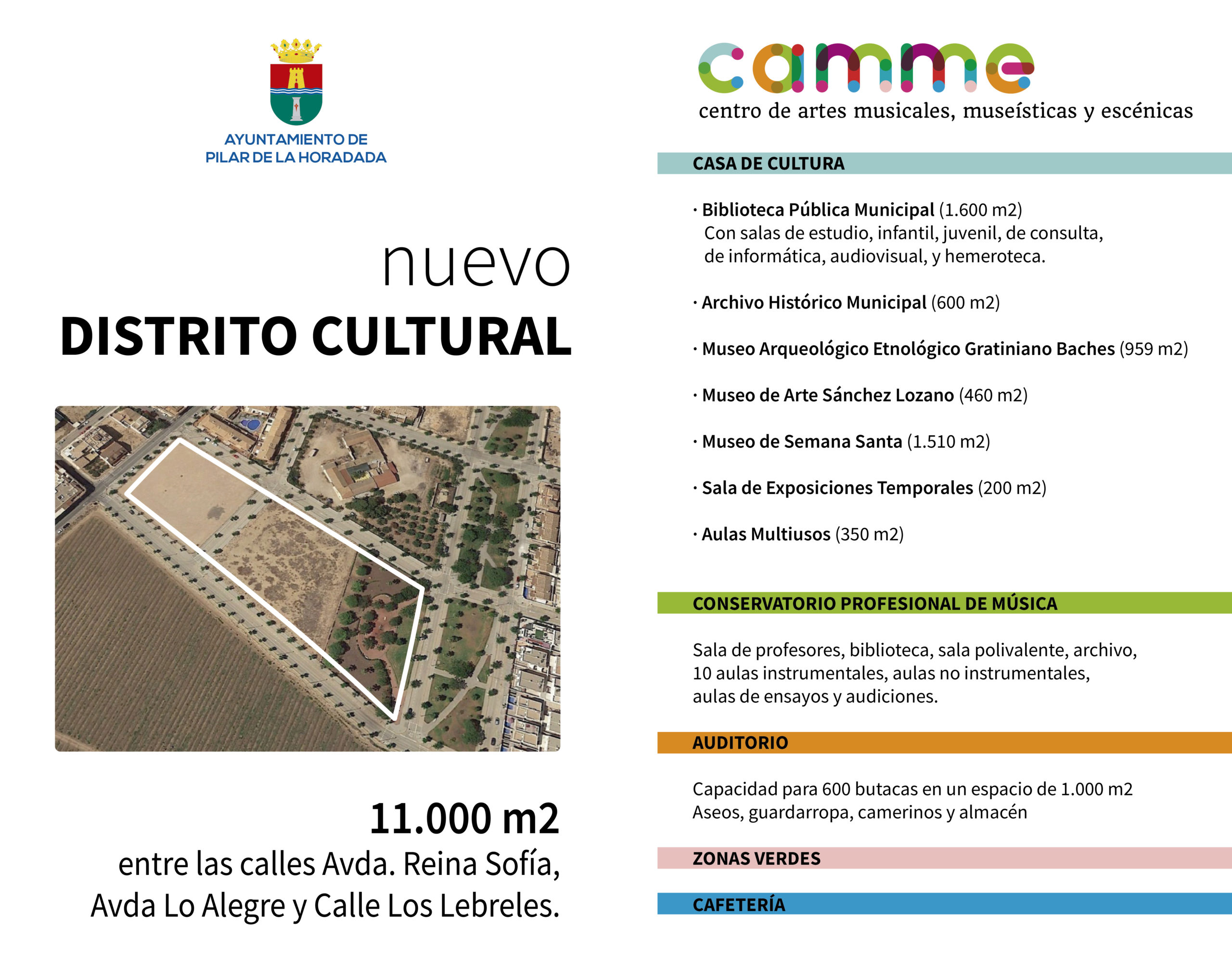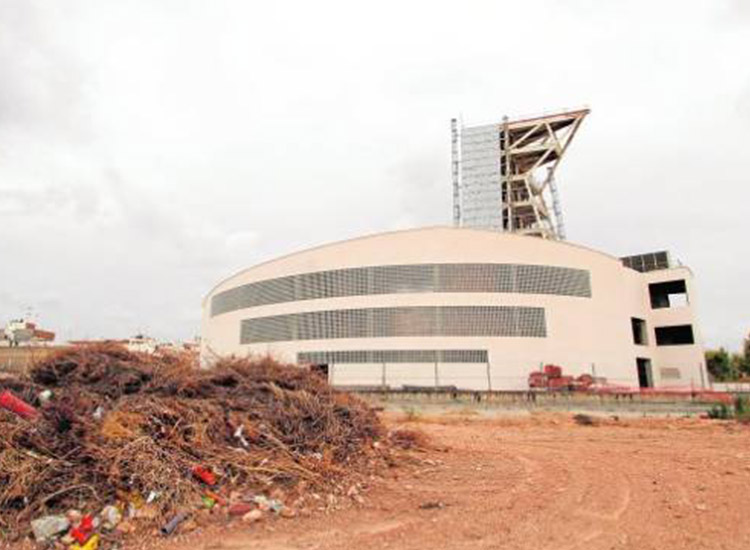- The La Paloma building, a project that started 19 years ago and was later abandoned.
- The municipality had to abandon the cultural centre project started in 2001 after investing 3.6 million.
Pilar de la Horadada will pay 3 million euros to the builder of the controversial cultural centre “La Paloma”. It is an agreement that will save the municipality 1.2 million euros, according to the PP government team, as the company will now withdraw from a second judicial proceeding it had opened against the City Council.
The agreement involves paying less but paying earlier. Instead of paying 4.2 million euros, if the second legal claim is upheld, a payment of 3 million will be made this year.
The Council will now pay Urdemasa and Terrestrial Infrastructure three million euros, with a first payment in September, and the second, with costs and interest in December.
Mayor José María Pérez Sánchez said that he considers that with this agreement the “controversial judicial matter has now been settled after 19 years, and that it will save the Pilareños 1.2 million euros.”
The municipality has spent 3.6 million euros on La Paloma cultural centre from 2001, including the demolition of part of the structure that was in danger of collapse and now, having agreed a final settlement of a further 3 million the total loss on the project to the council will be 6.6 million euro.

The new centre will comprise of 3 separate buildings which will include a 600 seat auditorium, a library, museum with multi-purpose classrooms and a music conservatory. There will also be green recreation areas and a cafeteria.





